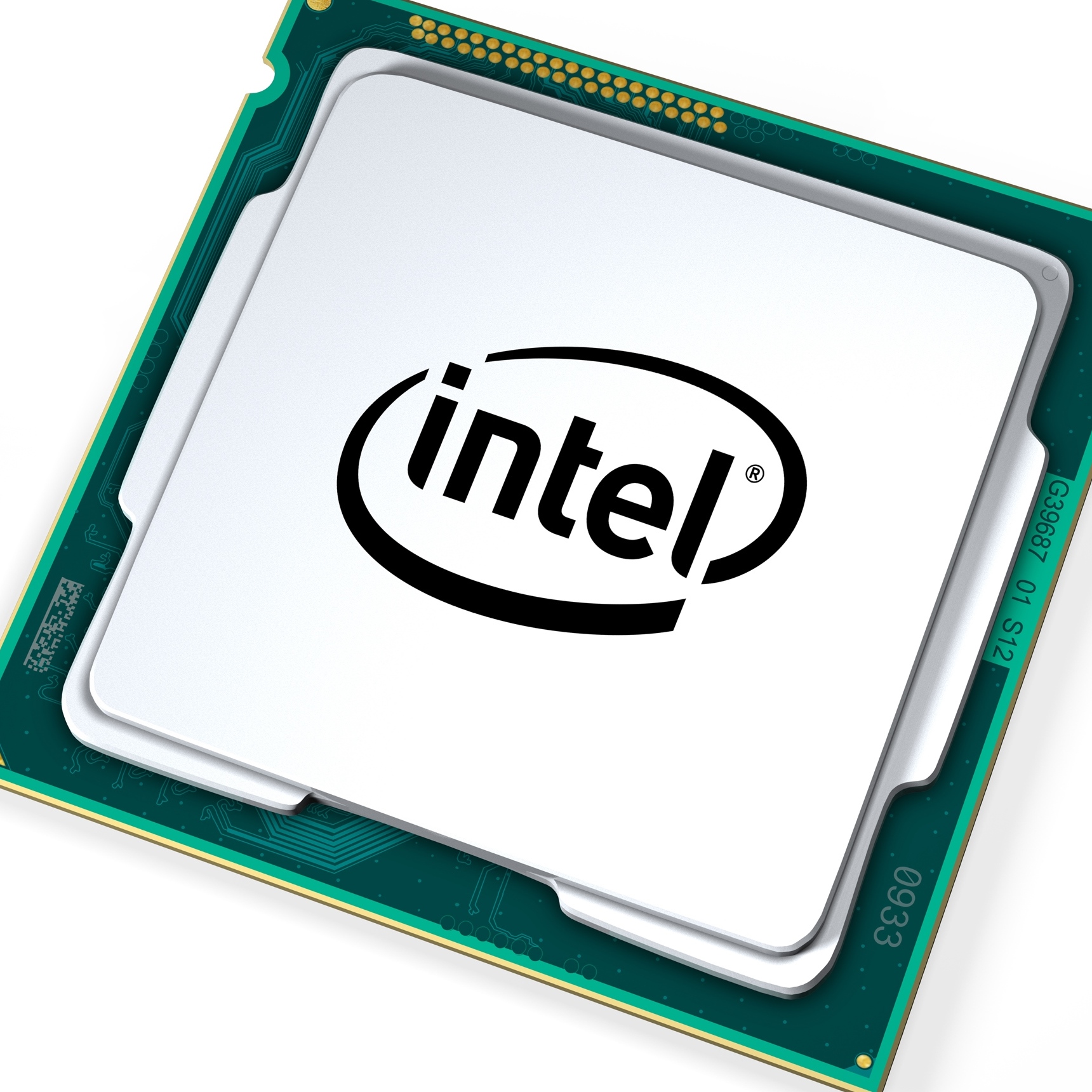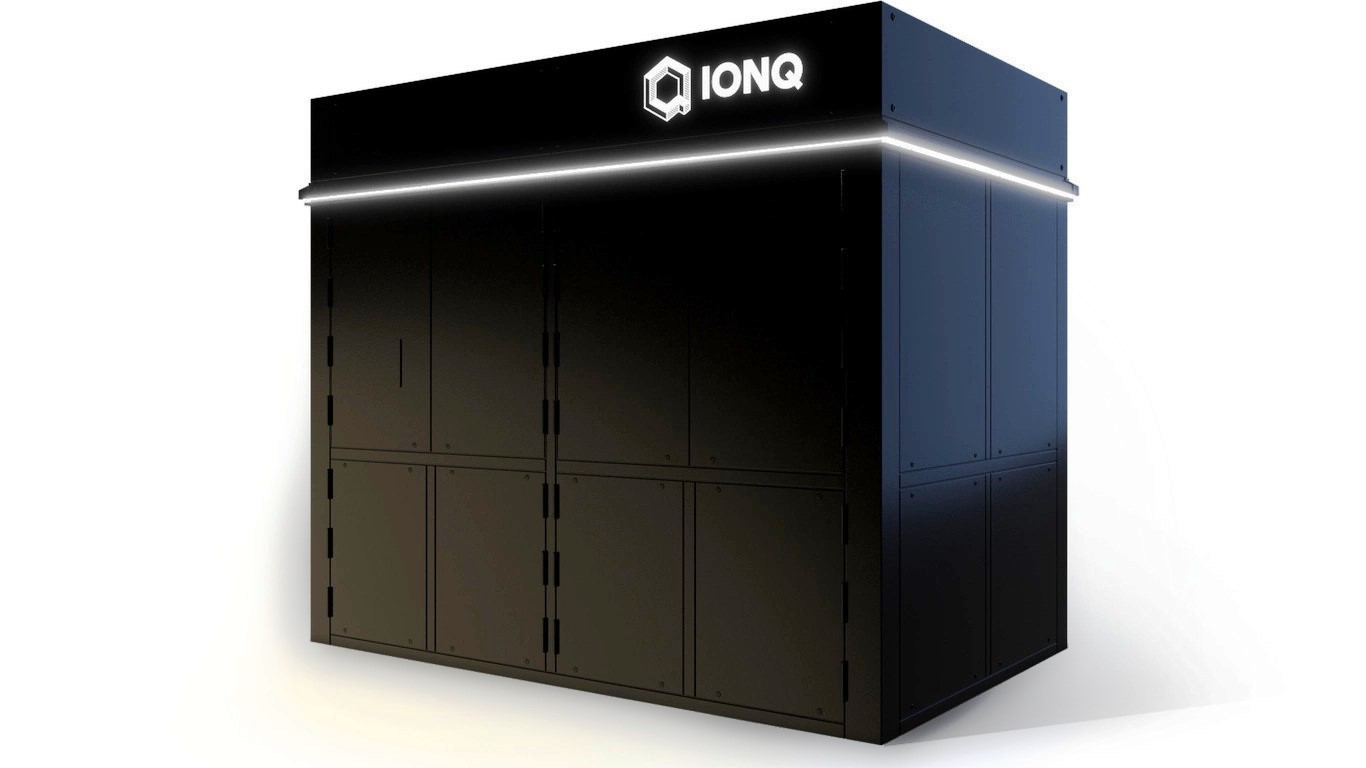
Intel Corp. (NASDAQ: INTC) managed to defy its critics and doubters. As of December 26, its shares were up over 28% so far in 2017, if you include dividends. That lags the Nasdaq 100, but it is above the performance of the Dow Jones Industrial Average (almost 25%) and the S&P 500 (almost 20%).
The stock market is supposed to be a discounting mechanism that prices in events and valuations into the future. Some investors think the market wants to price in events and developments for six months, and some market participants believe the market still has a hard time pricing in most developments.
Intel could be poised for more gains in 2018. That is how two views are calling it at the end of December. One call comes from Mizuho, and one is a technical call from Investors Business Daily (IBD). A third issue is a value investing view.
Mizuho now has a Buy rating on Intel Corp. (NASDAQ: INTC), and it comes with a $47 price target. This view is based on the notion that the March quarter consensus quarterly estimates may be a tad high, but that Intel will be a key beneficiary of corporate tax reform in the United States. Intel stands to pay less and the company could bring back billions of dollars worth of cash that is currently locked up overseas.
According to IBD, Intel shares performed well recently with heavier volume on a breakout. IBD feels that the pullback has brought Intel shares back under a buying entry point. It also noted:
Intel is relying on growth in data centers, so is indirectly benefiting from the cloud computing boom. It also is a notable player in autonomous driving systems via its Mobileye acquisition. Intel also has some chips in the Apple iPhone.
24/7 Wall St. looks at valuations, and Intel is trading at a handy discount to peers and to the market as a whole. Analysts were slow to jump on the Intel bandwagon, and that is one reason it remains so cheap. Intel trades at barely 14 times expected 2017 and 2018 earnings per share. In another testament to growth, analysts also are calling for Intel to raise its dividend in 2018 and in 2019 on top of its 2.35% yield today.
Intel shares were last seen trading down 1% at $46.20 on Tuesday, in a 52-week range of $33.23 to $47.64. The Thomson Reuters consensus sell-side analyst price target is up at $47.07, and that consensus target was barely $40 just 90 days ago. Intel’s median price target is even higher at $49.
Intel gained about 9% in 2016 and then outperformed in 2017. At the start of 2017, Intel’s 2017 bull/bear review only suggested gains of almost 13%, when considering its dividend on a total return basis. Analysts on Wall Street just were not aggressive enough on Intel.
Some investors will want to look at Intel on pullbacks, and others will want to consider how its future technology ventures are going to supplement its solid positions in processors and in the data center.
Thank you for reading! Have some feedback for us?
Contact the 24/7 Wall St. editorial team.





